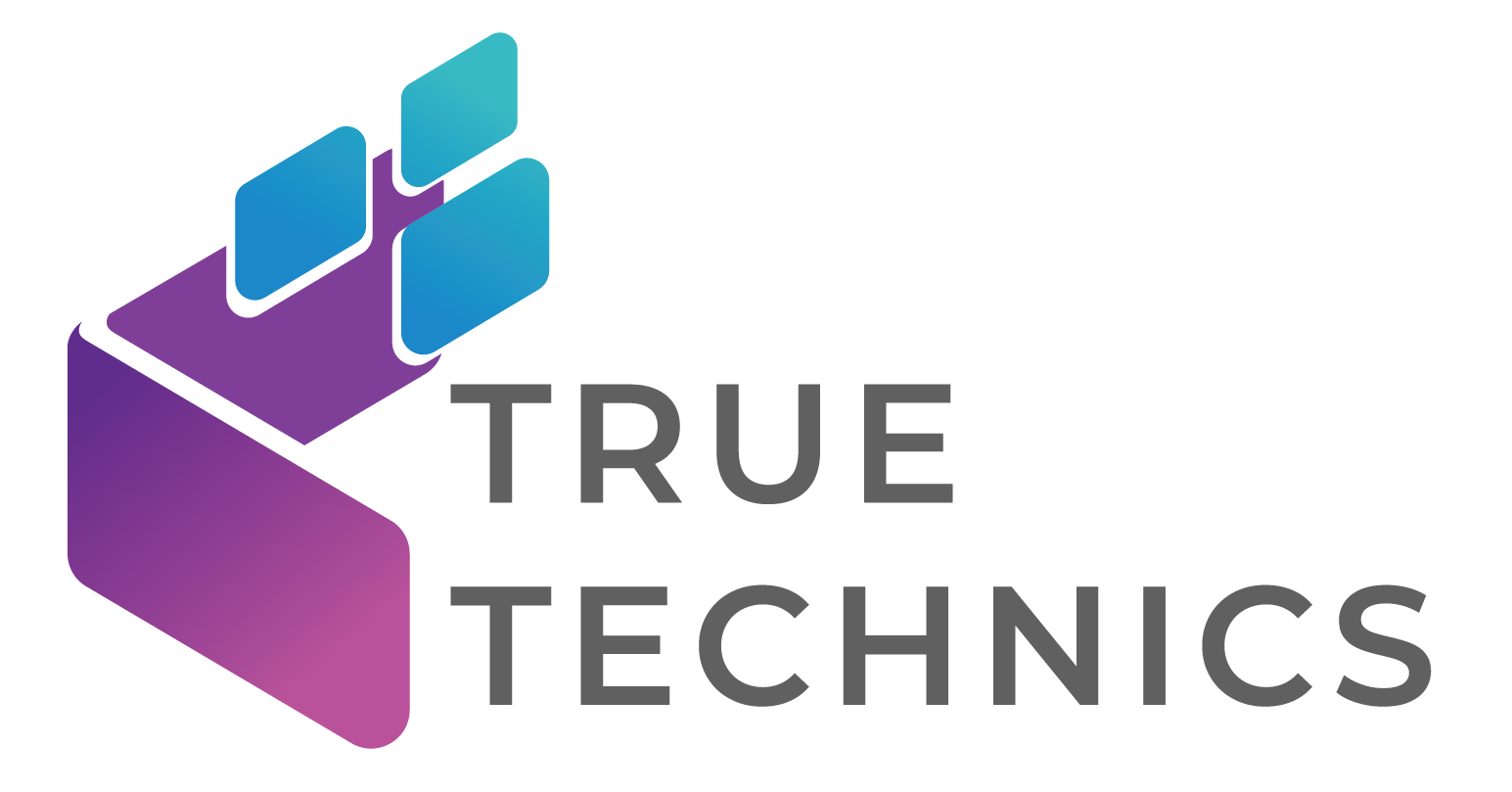How Technology Helps Businesses Communicate
In today’s world, technology makes it easier for businesses to talk to their teams and customers. It helps them work faster, smarter, and better. Let’s look at some ways technology is changing business communication in a way that’s easy to understand.
1. All-in-One Communication Tools
Businesses use tools that put everything—like emails, chats, phone calls, and video calls—into one place. This saves time because people don’t have to switch between different apps. Teams can work together, even if they’re far apart. These tools also have features like shared calendars and task lists to keep projects on track.
For example, instead of meeting in person, teams can video call and get the same work done. This saves time and money. Plus, these tools keep all messages in one place, so bosses can see what’s going on and fix problems quickly. They’re also safer than old tools like fax machines because they follow rules to protect information.
2. Cloud Technology for Teamwork
Cloud technology lets people store and share files online. Teams can work on the same document at the same time, even if they’re in different places. Tools like Google Docs or Microsoft 365 make this super easy.
Using the cloud means no more emailing files back and forth, which can get confusing. It also keeps information safe with things like passwords and extra security checks. The cloud makes sure everyone is using the latest version of a file, so there’s no mix-up.
3. AI Chatbots for Better Customer Service
AI chatbots are like robot helpers that answer customer questions right away, any time of day. They know a lot and can give correct answers quickly. They can also look at what a customer has done before, like what they bought, to give better help.
If a question is too hard, the chatbot can pass it to a real person. This way, customers get fast and friendly help, which makes them happy.
4. Smartphones and Apps for Work Anywhere
Smartphones and apps let workers do their jobs from anywhere. For example, salespeople can use apps to check customer information on the go. Workers in the field, like repair technicians, can use apps to keep track of their tasks.
These apps also help the environment by reducing paper use. Plus, workers can chat or video call instantly, which helps solve problems faster. But businesses have to make sure these apps are secure with things like safe internet connections and passwords.
5. Using Big Data to Understand Customers
Big data is like a giant collection of information. Businesses use it to learn what customers like and how they act. For example, they can look at what people say on social media or in surveys to make their ads better.
Big data also helps businesses see how their teams are working. If something’s slowing things down, they can fix it. This makes communication smoother and helps keep customers happy.
Why It Matters
Technology like all-in-one tools, cloud storage, AI chatbots, mobile apps, and big data helps businesses work better. It makes talking to teammates and customers faster and easier. It also helps businesses understand what people want, so they can do a better job.
By using these tools, businesses can stay ahead and make their customers and workers happier. Technology is changing how businesses talk, and it’s exciting to see what’s next!


